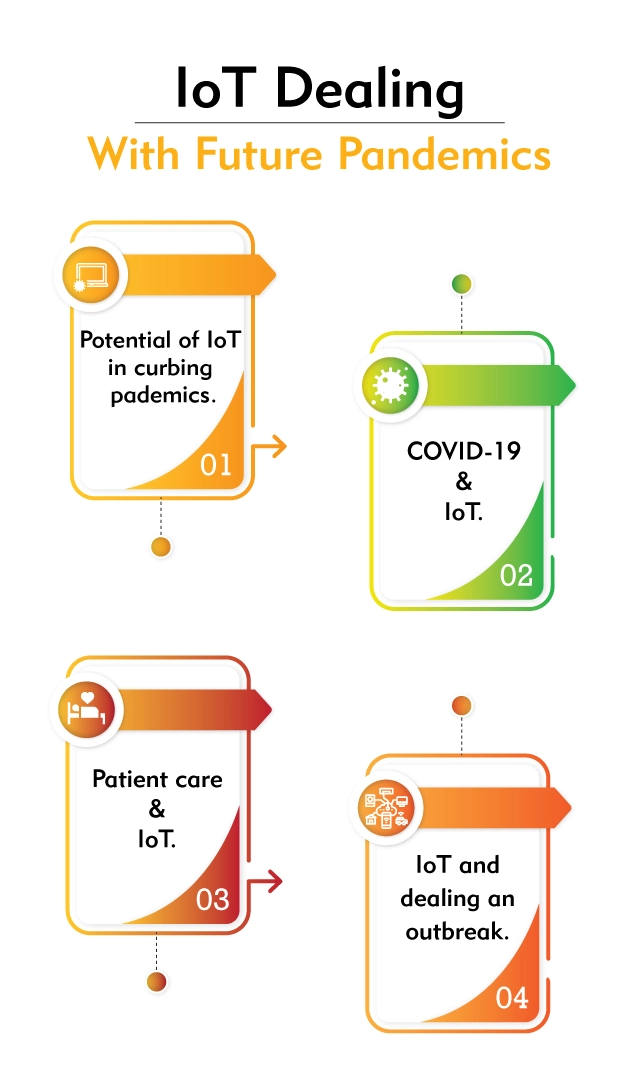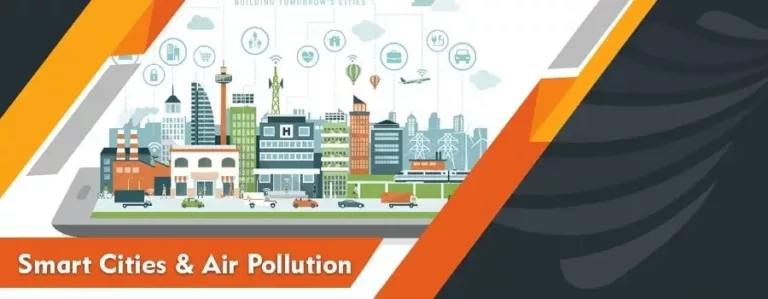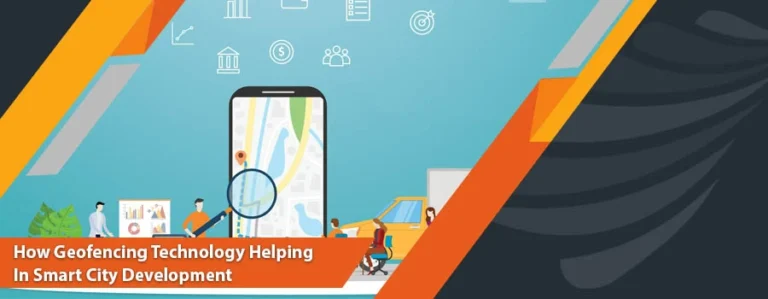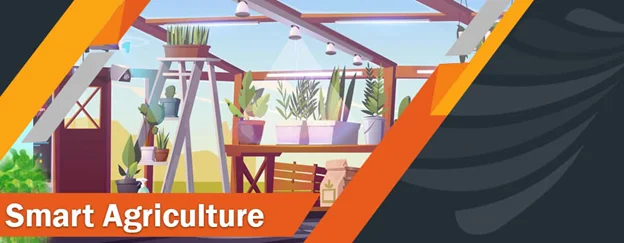IoT vs. Dealings with Future Pandemics
A global health emergency – countries on complete lockdown, curfews implemented, people quarantined everywhere; the world economy on the brink of collapse. 1.5 million people infected and the number is continually rising at an alarming rate, 200+ countries have been targeted by COVID-19. From January 3rd, 2020, approximately 9,000 people have, according to reports, been affected by COVID-19 in Wuhan, China.
A question arises here: How can technology assist people and the world in the fight against a pandemic of such an alarming magnitude? How can technology assist in containing the infectious disease which has the potential to create panic and wipe out millions of people?
Potential of IoT in curbing Pandemics
Internet of things, commonly known as IoT, a network of interlinked systems which provide advance levels of data analytics, artificial intelligence integration, and ubiquitous computing connectivity will help us by providing an early warning deduced through big data analysis and real-time computing – an alerting system to help us curb the spread of pandemics similar to COVID –19.
Furthermore, with IIoT to help mankind in every step of life, scientists and engineers alike have come up with appreciative ideas: IoT provides new and effective ways to do tasks with zero interaction – turning off lights, changing temperature through voice commands, etc. If you move towards more complex areas of life such as cities, industries, and commercial IoT – It does not fail us there as well. Though smart buildings and other IoT manufactured systems, contractors and bosses alike would be able to remotely work through internet-connected with underlying systems.
With IoT implemented in every sphere of life, extended lockdowns and controlling of pandemics similar to COVID-19 will be a lot easier compared today. IoT helps us in collecting data. With further expansion of IoT of higher levels; enterprises, cities, and governments must cooperatively create a colossal global network of sensors and grids, to detect a virus. The amount of planning required to change this concept into a reality would, arguably, will redefine the term “success”.
COVID-19 and IoT
But, this is about the future. What can we do, right now, considering the pandemic which is COVID-19? First and foremost, to control any pandemic “detection” is the primary step. To gain such huge detection data, global networks of millions of sensors are required. China is the only country that has a history of implementing “wide-area IoT solutions” in the country. Video surveillance – on a scale that has never been seen or witnessed before.
A network of virus-detection sensors? Integrate it with facial recognition, geo-location, and utilize existing surveillance cameras to identity, monitor and keep track of people contracted COVID-19. Additionally, add an extra layer as a precaution and track each individual that an infected patient contacted. This might seems hypothetical, but, leveraging IoT and AI is the most logical way to deal with a pandemic. With IoT, we will be better prepared to deal with and stop the rapid spread of such infectious diseases.
IoT and Dealing an Outbreak
The world no longer relies on myths – we know what Coronavirus is, how it transmits and how to stop it. We know how to fight it, but it is only possible if we listen to what sciene has to offer us in this crisis. With IoT at the edge of making various breakthoughs and achievements, we can be sure that dealing with such a pandemic, in the near future, won’t be impossible. With IoT, managing various aspects such as usage of the drone to ensure quarantine and wearing of masks for public surveillance. IoT can help dissect an outbreak: it can trace the origin of the outbreak. With the help of mobile phone data, tracing of people or possible carrier is easier. Integrating a geographic information system on an IoT mobile data gathered from infected patients, we can do two things: It will assist the epidemiologist in their search of “patient zero”, and facilitate us identitfying people who might have contracted the virus.
Patient care and IoT
The scalability of IoT is huge: it can help us in managing patients and dividing the workload of monitoring a high ratio of patients – IoT can help us in pinpointing and filtering patients. Those who are at a higher risk enough to warrant a quarantine, but not serious enough to warrant in-hospital care. Due to the manually working of doctors and healthcare personnel, patients have to wait longer which is dangerous for others. With IoT, a single doctor with the help of a drone and infrared thermometer can check the temperature of patients and deduce whether the patient needs further assistance or not. With remote monitoring, not only will the workload be divided, but the repetitive work such as continuous note a patient’s temperature and other vitals, IoT is the best hope we have in such a crucial time. Increase the efficienty, reduce workload, and protect healthcare personnel from acquiring the infection themselves.
Conclusion
IoT and technology merged, will bring forward a healthcare system which will be able to do more than anticipated: indicate the outbreak of a pandemic, assist healthcare personnel in hospitals, facilitate government to ensure quarantine, medication supply through drones, monitor patients and their vitals, and much more. The only drawback of all this is: every piece is in the form of a fragment. Nothing is complete nor build to make such a system. Therefore, it is of utmost importance to build such a system rapidly, connect the infrastructure with components such as massive data collection, data storage, real-time processing, to expand it towards dieases tracking, the in-hospital care of patients, preventive quarantine and lockdown monitorings.






